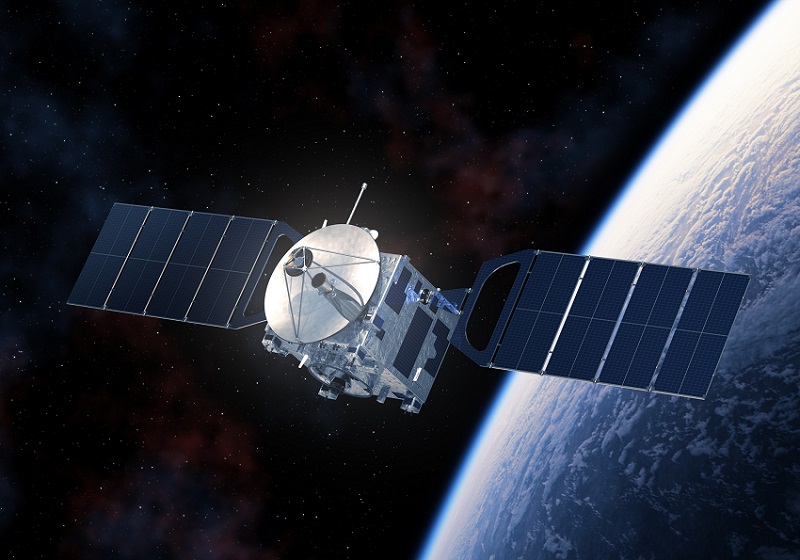Hype surrounding 5G wireless networks may be more pervasive than the networks themselves, but new research is suggesting practical ways to overcome issues brought on by the very methods of expanding these networks.
If the research—which addresses two of the most prominent wireless expansion methods, mass femtocells and millimeter-wavelength (mmW) antennas—hold true, wireless developers and carriers may have some valuable tools at their disposals to make 5G more of a widespread reality.
Currently, the two expansion methods aim to achieve similar goals but in different ways. Femtocells are already being implemented by commercial carriers to extend a networks’ breadth, whereas mmW antennas are being studied to extend a network’s depth. Femtocells, also known as microcells, exist at the edges of macrocells to allow coverage in spotty areas and boost a network’s overall capacity. mmW antennas, on the other hand, work to leverage underutilized spectrum.
As these methods go from hopeful concepts to deployment in varying stages, their merge with the existing wireless network threatens some problems. For femtocells, the problem is interference issues, and for mmW, it’s determining how the tiny new wavelengths will respond to outside environmental factors.
Studies from IEEE Xplore tackle these issues with proposed solutions for each method, proving that expanding 5G networks with femtocells and mmW may not be as problematic as some may think.
Femtocell solution: Using graph theory to overcome interference
Femtocells risk major interference problems because they operate at the same frequency as macrocells, and simply adding them onto a network will cause signals to cross and bottleneck (a detriment to any carrier).
To solve for this, a research team from the University of California, Los Angeles came up with their own interference management policy using signal scheduling, and taking into account the physical qualities of femtocells. Traditionally, wireless interference can be controlled by adjusting either the power or the scheduling of a signal. Adjusting the power allows signals to be transmitted at weaker levels to not interrupt neighboring messages, but it easily fails when there are too many users in one area. On the other hand, scheduling signals can avoid cross-over no matter how many users are present, but it inherently leads to delays—which is detrimental in today’s market as users consume more delay-sensitive media, such as video.
The team went with the scheduling approach, but used graph theory to maximize the amount of signals that can be scheduled at a given time to reduce delays. With the new policy, signals are scheduled not one-by-one in sequential order, but rather in sets determined by their unlikelihood to cross based on the physics of femtocells. Deciding which sets of signals can go at the same time is based on methods in graph and optimization theory, and is made to ensure a network can meet its minimal throughput and delay requirements.

Sequential scheduling in (a) schedules less than two devices (UEs) per time slot on an average, while the team’s proposed set scheduling in (b) is more efficient and schedules two UEs per time slot.
“Our policy can be computed quickly, and it offers low overhead of information-exchange between devices and base stations,” said Kartik Ahuja, lead researcher. “This makes it a practical solution for improved network performance as femtocells become popular quickly.”
After testing the policy under various scenarios, the team proved up to 130% performance improvement compared to existing wireless interference policies, especially for dense and large-scale deployments of femtocells.
mmW Solution: Using rainfall to boost MIMO efficiency
As for mmW channels, which are still primarily limited to lab work, researchers have turned to a “smart antenna” technique called massive multiple-input multiple-output (MIMO) to incorporate the short pathways of mmW signals into existing wireless infrastructure.
The challenge here is that the characteristics of mmW MIMO systems and their responses to changing environments (such as inclement weather) have been relatively unknown. A global team of researchers, though, has found that rain might actually help with signal transmission, contrary to previous concerns.
Because mmW signals are about the same size as raindrops, the team expected physical water intervention and undesirable signal scattering. To test this for the first time, the team devised a model that would accurately capture the channel effects of rainfall taking into account the physical laws of mmW MIMO. They accomplished this by calculating statistical mmW wave characteristics under a random scattering medium. Then, using the model, they evaluated the performance of mmW MIMO under the simulated rain.

The 2-D geometrical model for a mmW MIMO channel with uniform linear antenna arrays at both link ends. The circles in the figure represent rain drops.
Their results were surprising.
Common sense suggests that with more rain, the signal strength would get worse, but in fact the team found that isn’t always the case. With just the right amount of light rain, channel capacity actually increases before it declines because it’s able to take advantage of multidata streams before it suffers.
“Everyone thought that rain was just bad; we certainly thought it would have a detrimental effect,” said Andrea Goldsmith, researcher. “But in fact we found that you want to build a responsive MIMO system that can leverage and adapt to the rate of rain for optimal scattering, which can be easily done.”
The team went further to propose a strategy for how to do this using a transmitting method called statistical water-filling, which basically allows the system to “ride the good waves” by transmitting higher data rates when the time-varying channel can support it, and backing off on data rates when it can’t.
Any carrier could adopt this model, which can also be applied to broader environmental scenarios, such as snow and building obstructions.
Read more about femtocells and mmW in IEEE Xplore.





